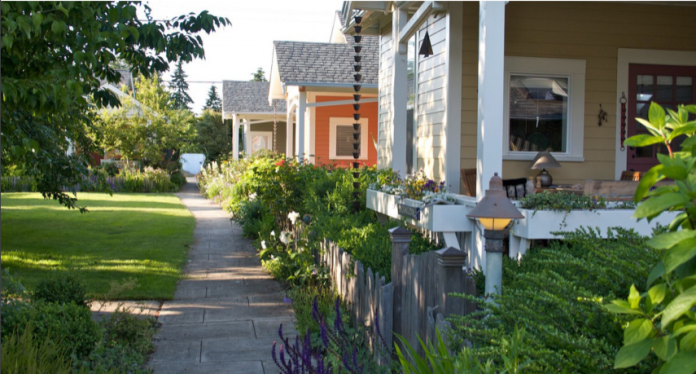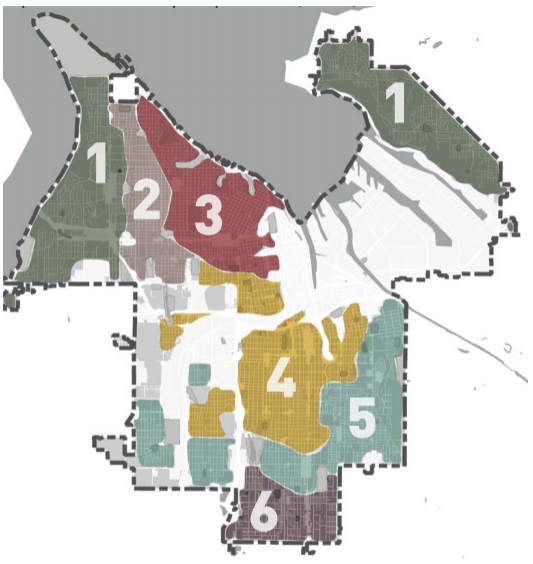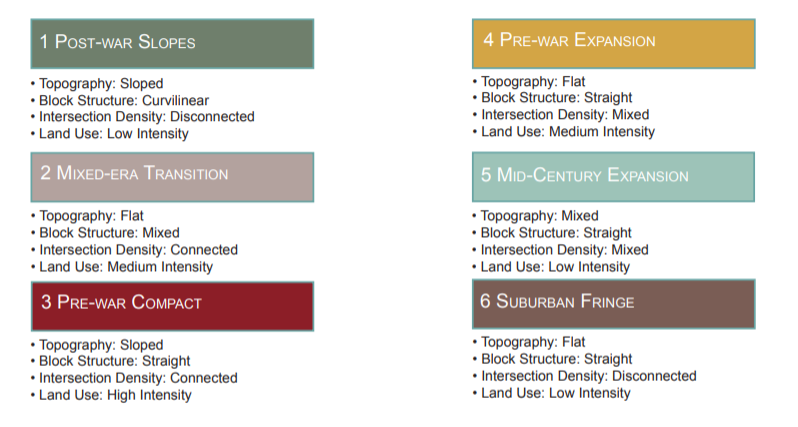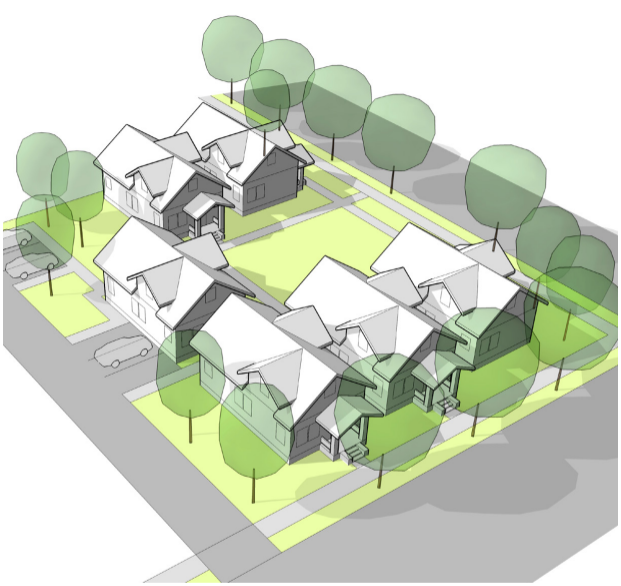
Residents of Tacoma largely support a change to the municipal code that would make it easier for home owners to add a secondary living space on their property. The idea to allow more greater numbers of “Detached Accessory Dwelling Units,” or DADUs, was first taken up by the city in December 2017 as part of the city’s larger Residential Infill Pilot Program. Since then, accessory dwelling units have been permitted as part of a pilot program.
On February 19th the city held a public hearing at which public comment overwhelmingly supported a change to the city’s municipal code that would “outright allow DADUs in single family [sic] zoning districts.” According to the City’s website, “This will end DADUs as a part of the pilot program and move DADUs into a comprehensive Accessory Dwelling Units (ADU) code that covers detached and attached types.”
Accessory dwelling units represent one effective response to the lack of affordable housing in Puget Sound. As part of a larger and comprehensive approach to housing that includes investments in multimodal public transit, an end to parking minimums, and zoning for greater density, ADUs can help make affordable housing a more present reality for residents of the region.
Adding a secondary dwelling to one’s property isn’t necessarily a new idea, however. In fact, accessory dwelling units where once a common feature of single-family homes in the U.S., according to a HUD report published in 2008. It wasn’t until the mid-century, when national trends in housing leaned suburban that ADUs fell in popularity. These preferences were validated and sanctioned by land-use regulations and segregated zoning. These cultural and policy forces promoted low-density development, which in turn led to greater restrictions and outright prohibitions of things like ADUs.
As suburbanization has proven untenable in many ways––all the ways we’re experiencing in the Puget Sound region and the Northwest in general, i.e., long and traffic-stricken commutes, a lack of affordable housing, diminished quality of life, and greater political and social disparity–density and accessibility have become more attractive to such a degree that communities and their leaders have sought to correct and prevent these ill effects through more intention planning.


ADUs, while not a new approach to housing, present cities like Tacoma a viable way of addressing emerging and pressing infrastructure needs without much–if any–cost (given that the infrastructure that makes this new dwelling viable is already in place, as opposed to having to install and maintain new services). ADUs don’t only create greater housing stock, they also create it among and for populations in cities which would otherwise be displaced in cities like Seattle and San Francisco, where the median mortgage and rental rates are much higher than what middle-class residents could afford.
More housing options like ADUs can mean the difference between losing one’s home because a homeowner can no longer afford a mortgage and being able to keep their home because they have an additional source of income; a DADU permits senior citizens the opportunity to age in place; a DADU makes it possible for a child to return home after college or after losing a job in an economy where the cost of college doesn’t match the earning power of college graduates; DADUs, as they are rented at a lower price than market-rate apartments, allow working-class and members of the service industry to live near their workplaces.
Backyard cottages, then, offer a net gain to communities in that they allow people who are already established members of that community to remain, while also making it possible for people with as much capital (and thus access to traditional housing) to become part of the community. In giving people housing options near their places of work means that more people can choose to walk or use transit to get around, which results in less car congestion and more neighborly interaction.
While not the case in Tacoma, there is opposition to DADUs––to cities and municipalities changing their codes and ordinances to accommodate already present and more diverse communities. Largely, the opposition tends to emphasize how an individual resident might be impacted by an ADU and never, really, on the benefits to the neighborhood, community, and city as its been established by evidence and experience.
To that extent that we feel we are part of a community—and feel that we want that community to be livable and sustainable—we want to work towards creating greater access, not less. Less access and more exclusivity in housing is an experiment we’ve already participated in, and we are now contending with the consequences of that experiment. We are actively trying to undo them.

As people find a need and a desire to return to urban centers because it’s here where we have access to good food, to arts and culture, to spaces that aren’t impacted by private vehicles, to opportunity, it’s important to recognize that the reason urban centers have survived decades of suburbanization is precisely because we’ve allowed and ensured that those who want to live in cities are able to.
It’s contradictory, then, to hear that people who’ve made a life in cities are keen on keeping others from living in the city. That impulse acts directly against the very things that make cities desirable in the first place.
The City of Tacoma is poised to ensure greater access to the city by enfranchising ADUs in its municipal code. On March 5, the Tacoma City Council is scheduled to conduct a first reading of adopting ordinance, with a final reading occurring on March 19, 2019. Residents of cities impacted to a greater degree by a lack of affordable housing—cities like Seattle—will have its example to follow.

Rubén Casas
Rubén joined The Urbanist's board in 2022. He is a scholar and teacher of rhetoric and writing at the University of Washington Tacoma. He is also the faculty lead of the Urban Environmental Justice Initiative at Urban@UW. In his work and advocacy, Rubén examines how cities and the institutions that comprise them imagine, plan, and build in ways that promote and/or discourage community and a sense of place.
